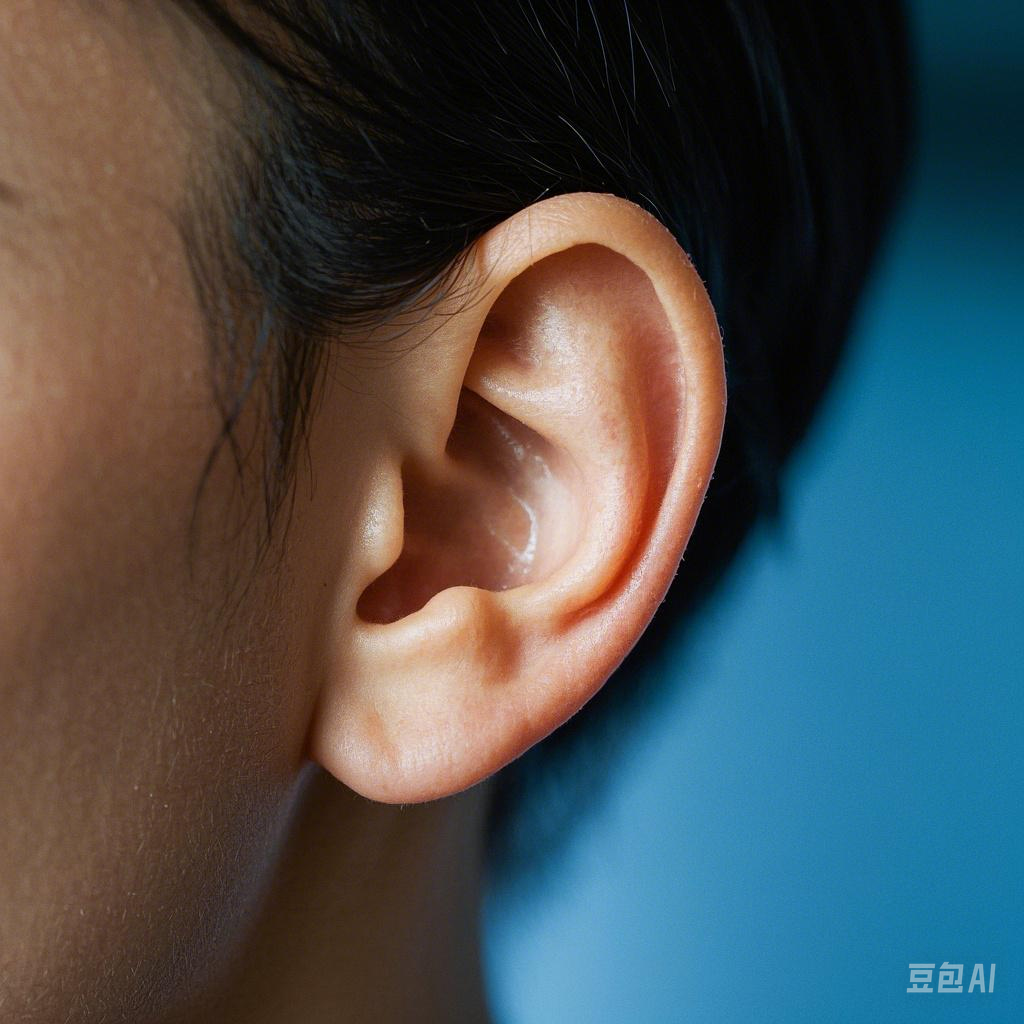InnovationsinRespiratoryMedicine:AdvancesandChallengesinPulmonaryDisordersManagement
导读Respiratory medicine, a rapidly evolving specialty, focuses on the diagnosis, treatment, and prevention of diseases affecting the respiratory system. This article delves into the latest innovations and challenges faced in managing pulmonary disorders, emphasizing advancements in inhalation therapy, the role of oxygen therapy in improving patient outcomes, and the integration of telemedicine in respiratory care. By exploring these key areas, we aim to provide insights into how these developments are reshaping clinical practice and enhancing patient care in the field of respiratory medicine.。...
Introduction
The respiratory system, vital for sustaining life through the exchange of gases, is susceptible to a myriad of disorders that can significantly impact an individual's quality of life. Asthma, chronic obstructive pulmonary disease (COPD), lung cancer, pneumonia, and sleep apnea are among the most prevalent conditions managed within respiratory medicine. In recent years, the field has witnessed tremendous progress, driven by technological advancements and innovative therapeutic strategies. This article discusses three pivotal aspects—innovations in inhalation therapy, the expanding role of oxygen therapy, and the integration of telemedicine—that are revolutionizing respiratory care.
Innovations in Inhalation Therapy
Inhalation therapy, a cornerstone of respiratory disease management, has undergone substantial transformation. Traditional metered-dose inhalers (MDIs) and dry powder inhalers (DPIs) have been joined by novel devices designed to enhance drug deposition in the lungs and improve patient compliance. Smart inhalers, equipped with digital sensors and connectivity, now track medication usage, remind patients to take doses, and transmit data to healthcare providers, enabling real-time monitoring and personalized interventions. These devices not only improve adherence but also facilitate the collection of valuable data for research and disease management optimization.
Furthermore, advances in aerosol technology have led to the development of more efficient drug delivery systems. Nebulizers, once bulky and confined to hospital settings, have become portable and user-friendly, offering precise dosing and rapid symptom relief. The advent of targeted therapies, such as biologic drugs for severe asthma, administered via inhalation, underscores the potential for personalized medicine in respiratory care.
The Expanding Role of Oxygen Therapy
Oxygen therapy, a fundamental intervention for hypoxemic respiratory failure, has seen refinements in its application and delivery methods. Long-term oxygen therapy (LTOT) is now recognized as a life-prolonging measure for patients with chronic respiratory insufficiency. Portable oxygen concentrators have revolutionized home-based care, providing patients with mobility and an improved quality of life. Additionally, advances in pulse oximetry and continuous oxygen saturation monitoring ensure that oxygen supplementation is optimized to each patient's needs, minimizing the risk of hyperoxia and oxygen toxicity.
New research is also exploring the potential benefits of ambulatory oxygen for individuals with less severe hypoxemia during exercise, aiming to increase exercise tolerance and improve physical activity levels. These advancements underscore the evolving understanding of the role of oxygen in disease management and rehabilitation strategies.
Integration of Telemedicine in Respiratory Care
The COVID-19 pandemic has accelerated the adoption of telemedicine across healthcare sectors, including respiratory medicine. Tele-respiratory services, including remote consultations, pulmonary function testing guidance, and virtual rehabilitation programs, have emerged as viable alternatives to in-person care. These digital solutions not only mitigate the risk of infection transmission but also address barriers to access, particularly for rural or immobile patients.
Telemonitoring of respiratory parameters, such as spirometry readings, oxygen saturation, and symptom diaries, enables early detection of exacerbations, facilitating prompt intervention and reducing hospital admissions. Furthermore, tele-education platforms empower patients with self-management skills, improving treatment adherence and overall health literacy.
Challenges and the Road Ahead
Despite these advancements, several challenges persist. Ensuring equitable access to innovative technologies, particularly in resource-limited settings, remains a concern. The cost-effectiveness of novel therapies and devices must be carefully evaluated to ensure sustainability within healthcare systems. Moreover, the ethical considerations surrounding data privacy and security in digital health platforms demand attention.
Continued investment in research and development is crucial to overcome these obstacles and further refine our understanding of respiratory diseases. Collaborative efforts between clinicians, researchers, and industry partners are essential to drive innovation and translate scientific discoveries into clinical practice.
Conclusion
The field of respiratory medicine stands at the cusp of a transformative era, propelled by groundbreaking innovations in inhalation therapy, refined approaches to oxygen therapy, and the integration of telemedicine. These advancements promise enhanced patient outcomes, improved quality of life, and more efficient healthcare delivery. As we continue to navigate the complexities of respiratory disease management, it is imperative to embrace these innovations while addressing the inherent challenges, ultimately striving towards personalized, accessible, and effective respiratory care for all.
Note: The above content is a simulated response based on the provided requirements. It does not represent actual published research or medical advice. Always consult with a licensed healthcare professional for specific medical inquiries.
- InnovationsinRespiratoryMedicine:AdvancesandChallengesinPulmonaryDisordersManagement
- ExploringtheEnglishAspectsofPulmonaryMedicine:AComprehensiveGuide
- ExploringtheFrontiersofDigestiveMedicine:RecentAdvancesandChallenges
- ExploringtheArtofMedicalEnglishinRespiratoryMedicine:AComprehensiveGuidetoConductingEffectivePulmonaryConsultations
- RecruitmentofChiefofCardiovascularMedicineDepartment
- InnovationsinRespiratoryMedicine:AdvancesandChallengesinPulmonaryDisordersManagement
- ExploringtheEnglishAspectsofPulmonaryMedicine:AComprehensiveGuide
- ExploringtheFrontiersofDigestiveMedicine:RecentAdvancesandChallenges
- ExploringtheArtofMedicalEnglishinRespiratoryMedicine:AComprehensiveGuidetoConductingEffectivePulmonaryConsultations
- RecruitmentofChiefofCardiovascularMedicineDepartment

家有小孩必看!吃对这些,孩子长高、体质强、免疫力 up!2025-03-20

耳朵根疼别硬扛!可能是身体发出的求救信号2025-03-20

新手爸妈必看!应对新生儿腹胀,这些方法超有效!2025-03-20

化疗后怎么突然尿频怎么办?2025-03-20

绝经后腹部不适?警惕老年子宫萎缩带来的影响2025-03-20




